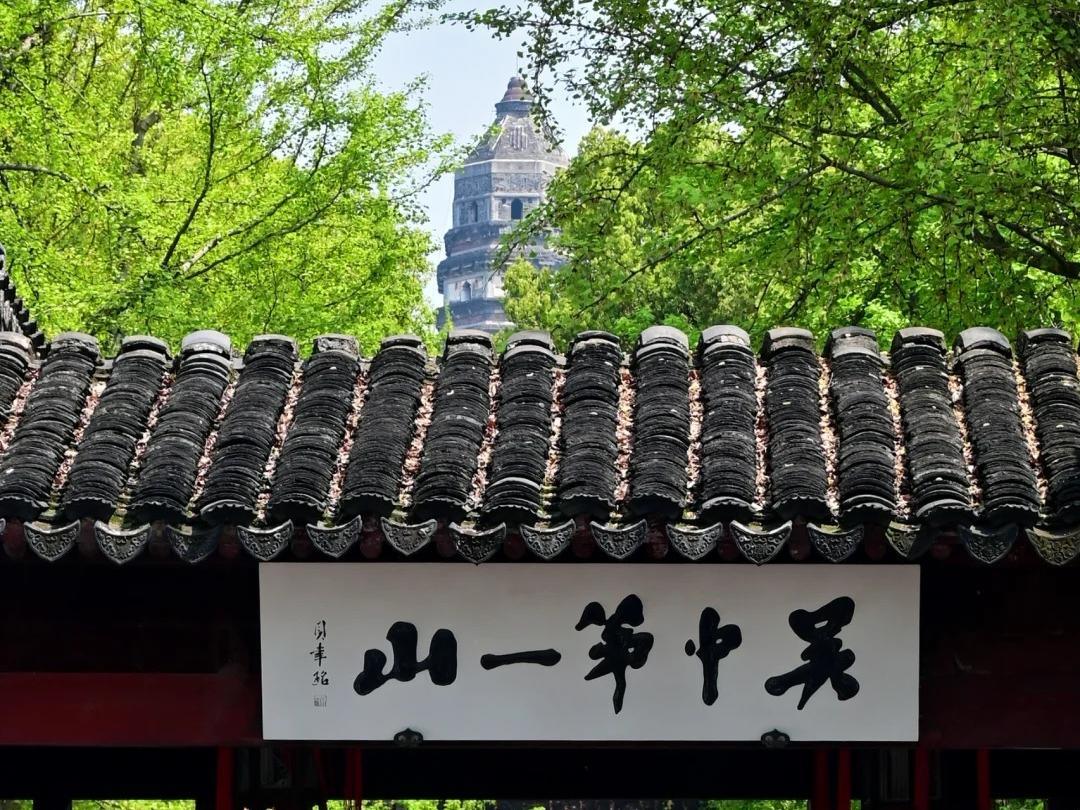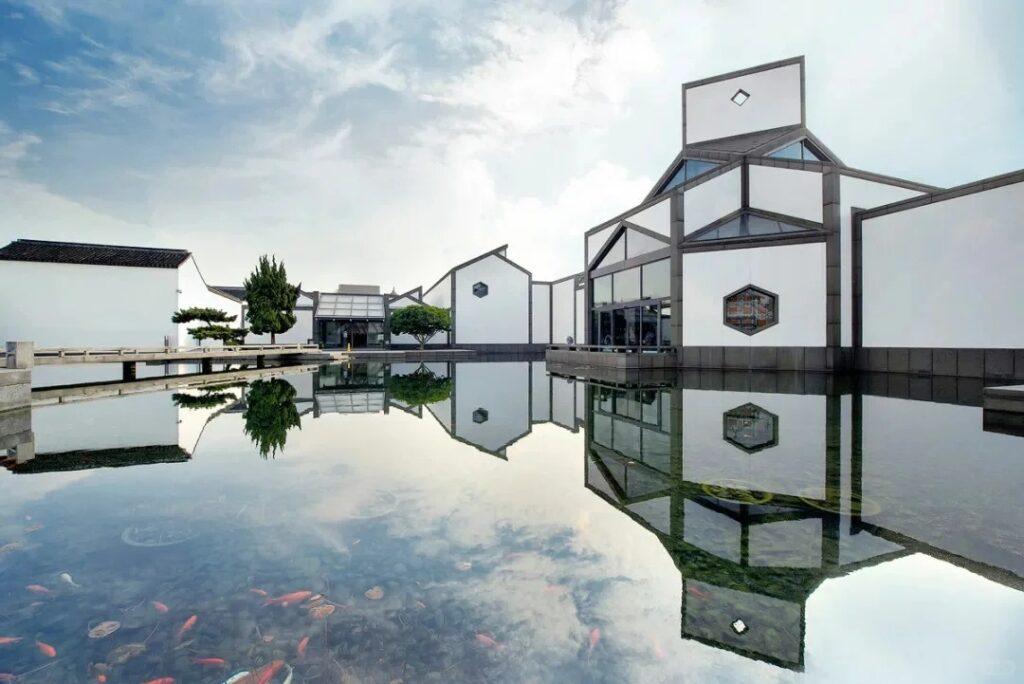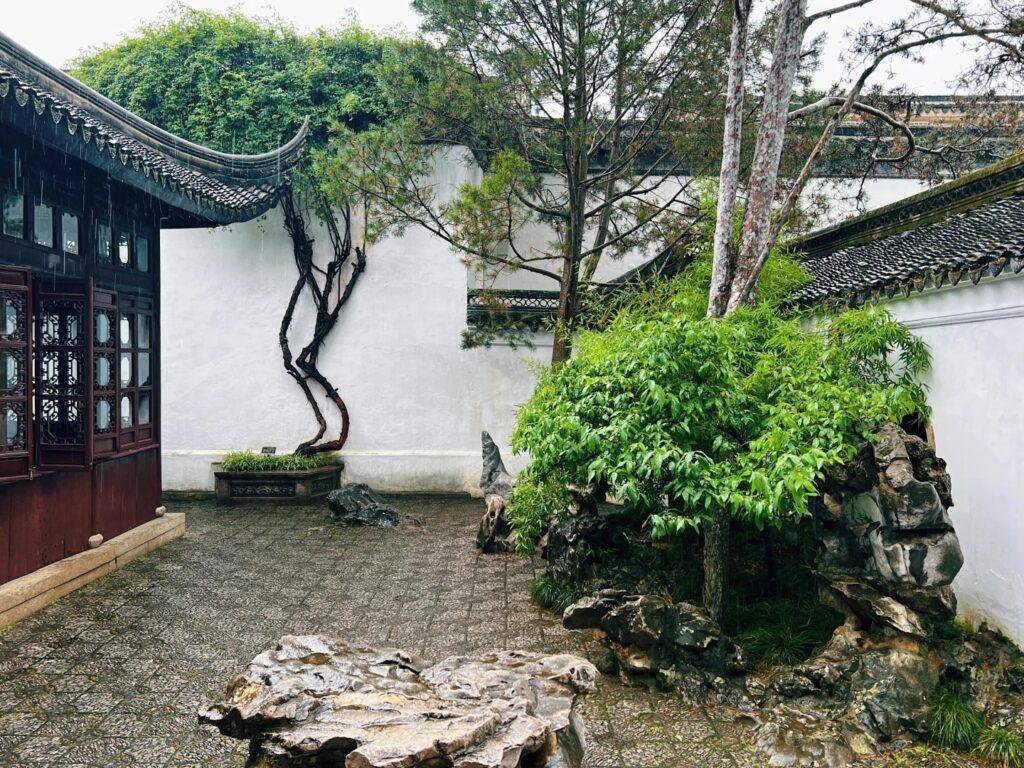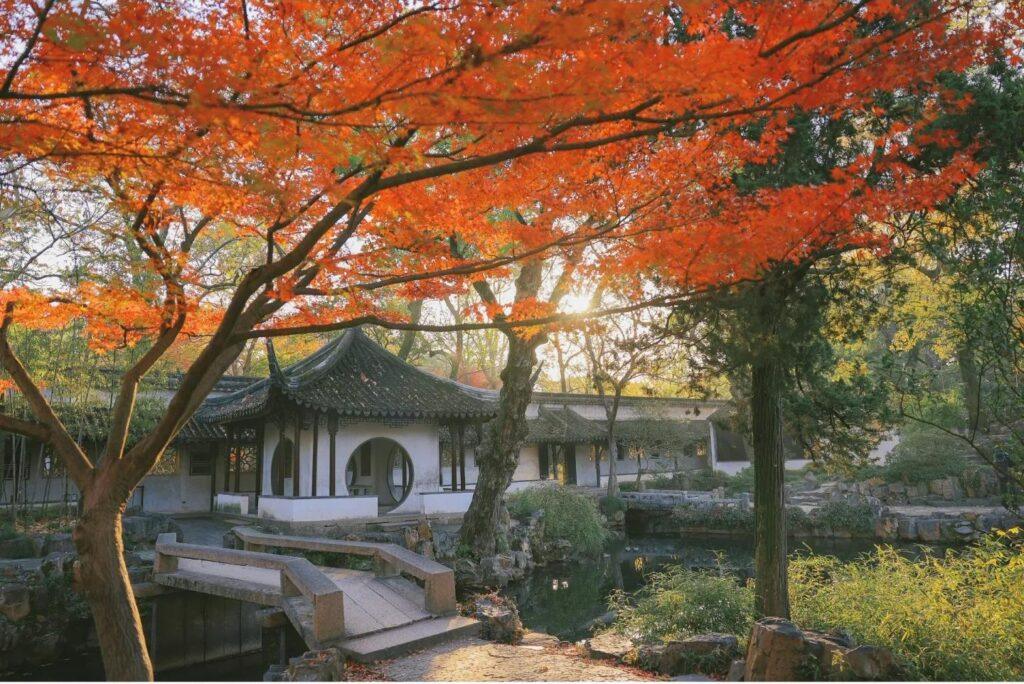Visiting Information
| Information | Details |
|---|---|
| Chinese Name | 虎丘 (Hǔqiū) |
| Location and Address | 1 Huqiu Hill, Huqiu District, Suzhou, Jiangsu Province, China |
| Opening Hours | 7:30 AM – 5:30 PM (March to November); 7:30 AM – 5:00 PM (December to February) |
| Entrance Fee | 80 CNY (April to October); 60 CNY (November to March) |
| How to Get There | By Metro: Take Line 1 to Huqiu Station, then walk about 15 minutes By Bus: Take bus no. 32, 146, 301, 304, 310, 311, 312, 405, or tourist bus 1, 2 By Taxi: About 20-30 minutes from Suzhou city center |
| Best Time for Visit | March to November, especially spring and autumn |
| Contact Info | +86 512 65328555 |
Overview
Tiger Hill, also known as Surging Sea Hill, is a renowned scenic spot in Suzhou, Jiangsu Province, China. It’s famous for its natural beauty, historical sites, and cultural significance. The hill is particularly known for its leaning pagoda, the Tiger Hill Pagoda, which is often compared to the Leaning Tower of Pisa.
Historical Background
Tiger Hill has a history dating back over 2,500 years. According to legend, three days after the burial of King He Lü, founder of Suzhou, a white tiger appeared on the hill to guard his tomb. This is how the hill got its name. The site has been a popular tourist destination since the Tang Dynasty (618-907 AD) and has been visited by many famous historical figures, including poets and emperors.
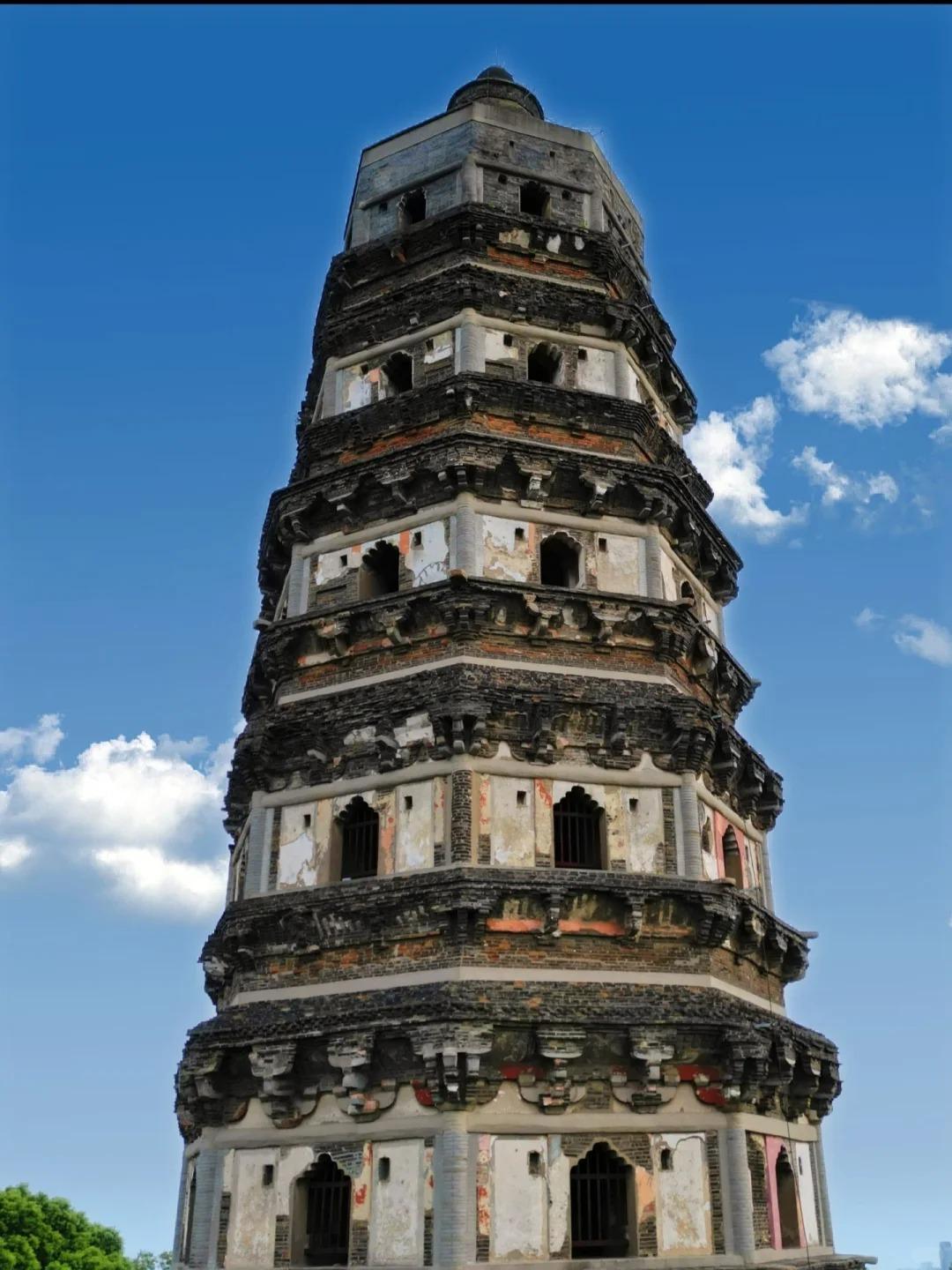
Architectural Features
- Tiger Hill Pagoda (Cloud Rock Pagoda): This leaning seven-story octagonal pagoda is the most iconic structure on Tiger Hill. Built during the Northern Song Dynasty (959-961 AD), it stands at 47 meters tall and is nicknamed the “Leaning Tower of China” due to its tilt.
- Sword Testing Stone: This stone, with a deep cut, is said to be where the legendary swordsmith Gan Jiang tested his swords. It’s located near the Thousand People Rock and is a popular spot for visitors.
- Yunyan Temple: Originally built in the Tang Dynasty, this temple has been rebuilt several times. It houses important Buddhist relics and offers a serene atmosphere for visitors.
- Wanjing Villa: This is a traditional Suzhou-style garden within Tiger Hill. It features beautiful landscaping, including rock formations, pavilions, and a tea house.
Cultural Importance
Tiger Hill holds significant cultural importance in Chinese history and literature. It has been the subject of numerous poems and paintings over the centuries. The site is closely associated with the Wu-Yue culture and the history of Suzhou. It’s also an important location for studying ancient Chinese architecture, garden design, and Buddhist culture.
Surrounding Attractions
- Suzhou Museum: Located about 3 km from Tiger Hill, this museum houses a vast collection of ancient Chinese art, including paintings, calligraphy, and ceramics. The building itself, designed by I.M. Pei, is a masterpiece of modern architecture blending with traditional Suzhou style.
- Humble Administrator’s Garden: About 4 km from Tiger Hill, this is the largest and most renowned classical garden in Suzhou. It’s a UNESCO World Heritage site and is considered one of the four most famous gardens in China.
- Pingjiang Road: This historic street, about 5 km from Tiger Hill, offers a glimpse into old Suzhou with its canals, bridges, and traditional architecture. It’s a great place for a leisurely walk and to experience local culture.
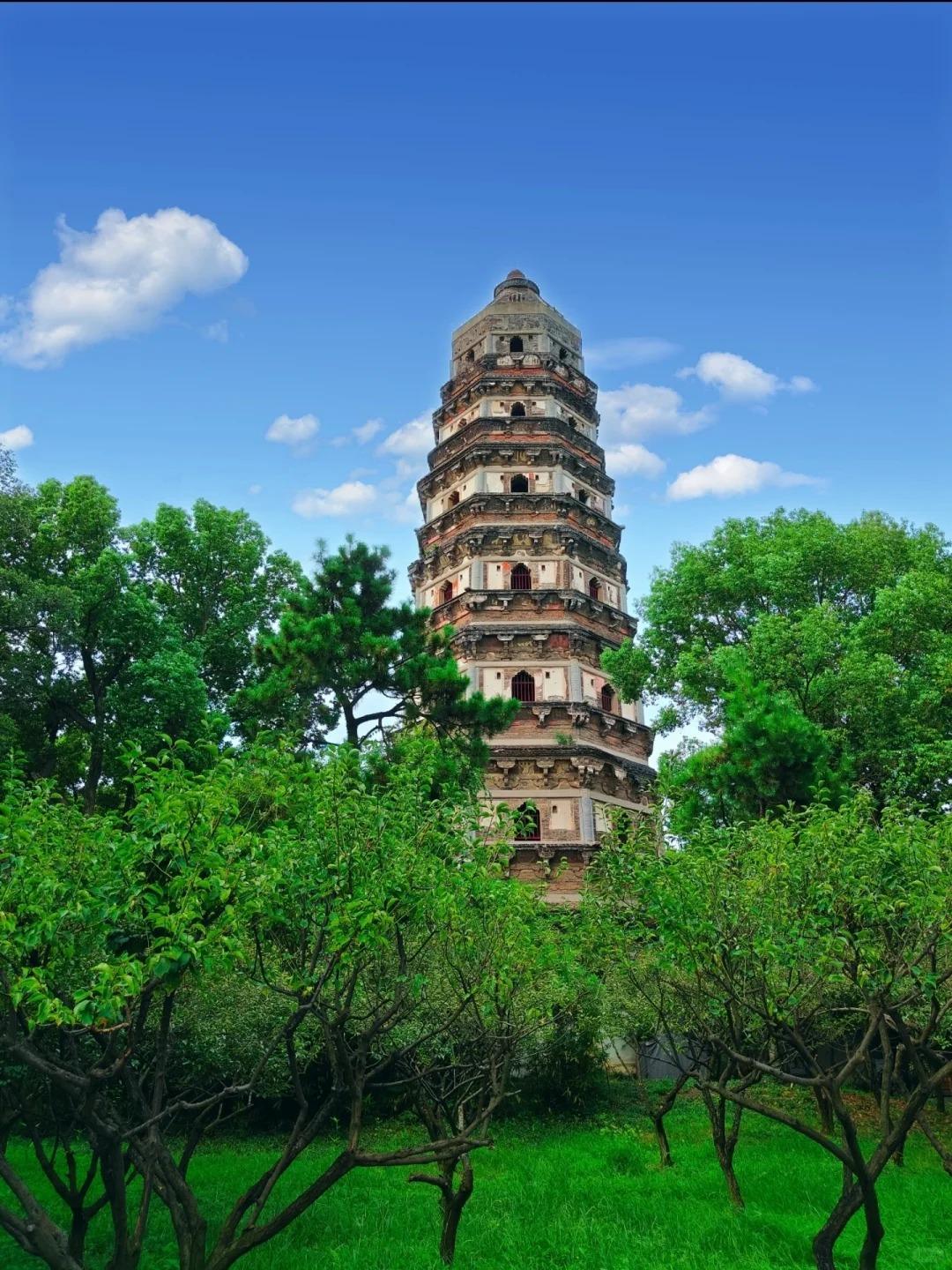
Photography Opportunities
- Tiger Hill Pagoda: The leaning pagoda offers excellent photo opportunities, especially during sunset when the light creates a dramatic effect on its ancient bricks.
- Sword Pool: This picturesque pond, surrounded by old trees and rock formations, provides a tranquil setting for nature photography.
- Wanjing Villa Gardens: The traditional Chinese garden landscape, with its carefully arranged rocks, plants, and architecture, offers numerous compositions for both wide-angle and detail shots.
- Panoramic Views: From the top of Tiger Hill, visitors can capture panoramic views of Suzhou city, especially beautiful during clear days or at sunset.
Modern Importance
- Tourism: Tiger Hill is one of the most popular tourist attractions in Suzhou, contributing significantly to the local tourism industry and economy.
- Cultural Preservation: The site plays a crucial role in preserving and showcasing the rich cultural heritage of Suzhou and the larger Jiangnan region.
- Education: Tiger Hill serves as an important educational resource for students and researchers studying Chinese history, architecture, and garden design.
- Urban Green Space: In the rapidly developing city of Suzhou, Tiger Hill provides valuable green space and a connection to nature for local residents and visitors alike.
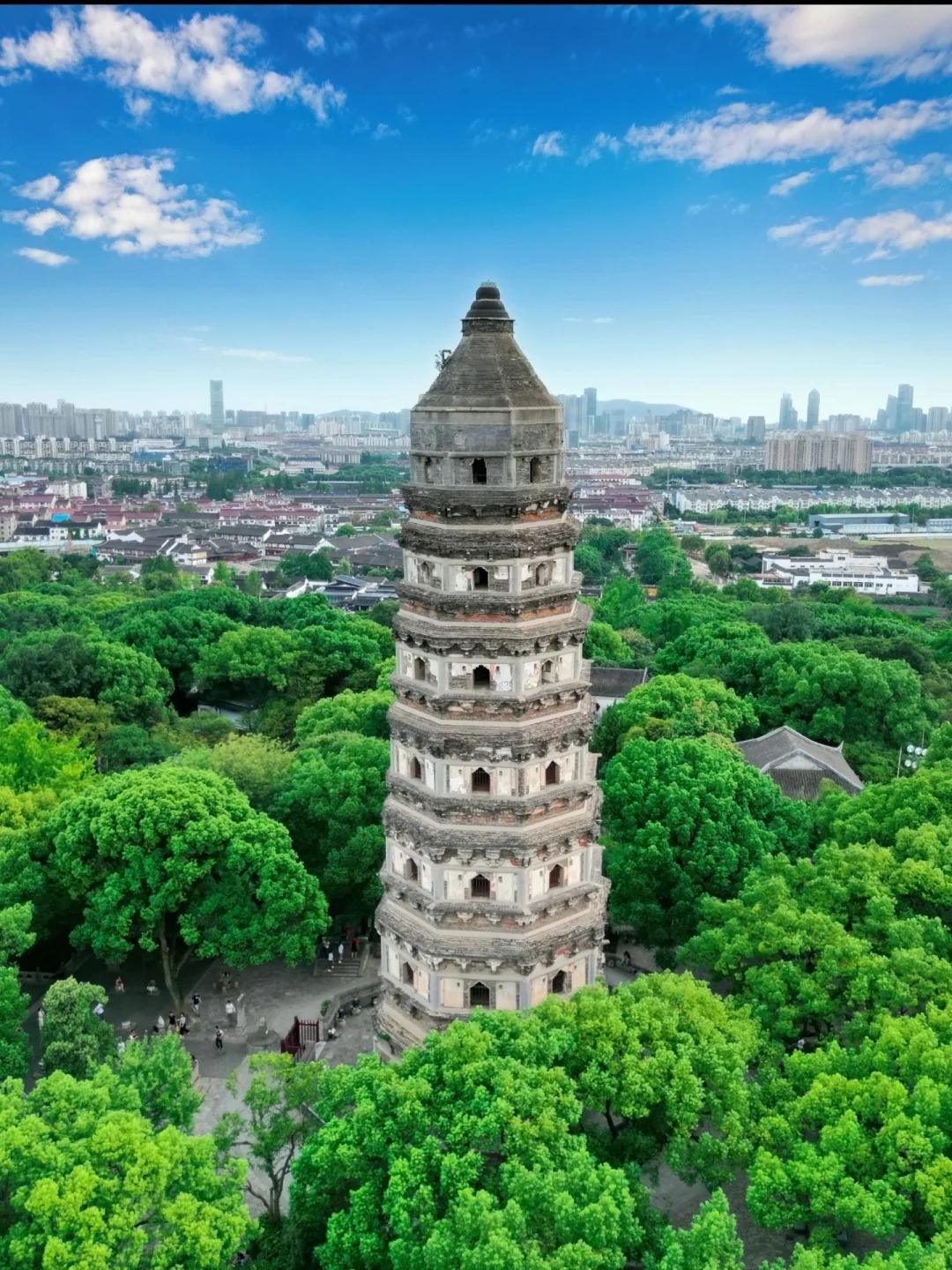
FAQ
- What is Tiger Hill famous for?
Tiger Hill is famous for its leaning pagoda (Tiger Hill Pagoda), beautiful landscapes, historical sites like the Sword Testing Stone, and its significance in Chinese culture and history. - What’s inside Tiger Hill?
Inside Tiger Hill, you’ll find the Tiger Hill Pagoda, Yunyan Temple, Wanjing Villa gardens, Sword Testing Stone, Sword Pool, and various other historical and cultural sites. - Is Tiger Hill free?
No, Tiger Hill is not free. There is an entrance fee that varies depending on the season (80 CNY from April to October, 60 CNY from November to March). - Is Tiger Hill worth visiting?
Yes, Tiger Hill is considered worth visiting for its historical significance, beautiful scenery, and cultural attractions. It’s one of the most popular tourist sites in Suzhou. - What to do in Tiger Hill?
In Tiger Hill, you can visit the leaning pagoda, explore the gardens, see the Sword Testing Stone, visit Yunyan Temple, enjoy tea at Wanjing Villa, and take in panoramic views of Suzhou from the hilltop. - How do I get to Tiger Hill in the local city?
In Suzhou, you can reach Tiger Hill by taking Metro Line 1 to Huqiu Station and then walking about 15 minutes. Alternatively, you can take one of several bus lines (32, 146, 301, 304, 310, 311, 312, 405, or tourist bus 1, 2) or a taxi from the city center. - How to visit Tiger Hill?
To visit Tiger Hill, go to the entrance and purchase a ticket. It’s recommended to start early in the day to avoid crowds. You can explore on your own or join a guided tour for more detailed information about the site’s history and features. Don’t miss the key attractions like the leaning pagoda and the Sword Testing Stone. Comfortable walking shoes are recommended as there’s a fair amount of walking and some stairs to climb.


